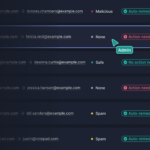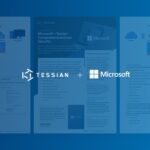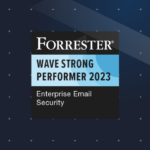Integrated Cloud Email Security
- All Categories
- ...
-
 Email DLP, Integrated Cloud Email Security, Advanced Email Threats
Email DLP, Integrated Cloud Email Security, Advanced Email ThreatsBuyer’s Guide to Integrated Cloud Email Security
-
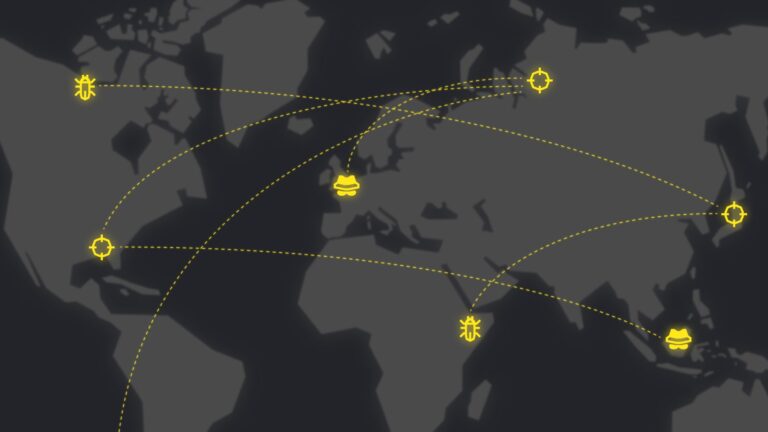 Integrated Cloud Email Security, Advanced Email Threats
Integrated Cloud Email Security, Advanced Email ThreatsNation-States – License to Hack?
-
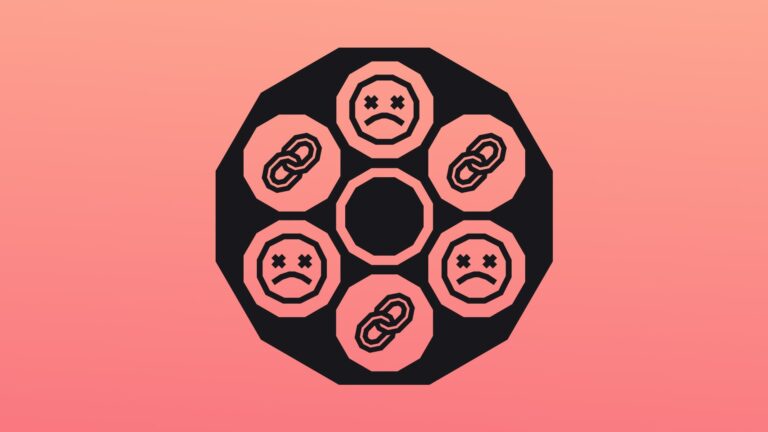 Integrated Cloud Email Security, Advanced Email Threats
Integrated Cloud Email Security, Advanced Email ThreatsPlaying Russian Roulette with Email Security: Why URL Link Rewriting Isn’t Effective
-
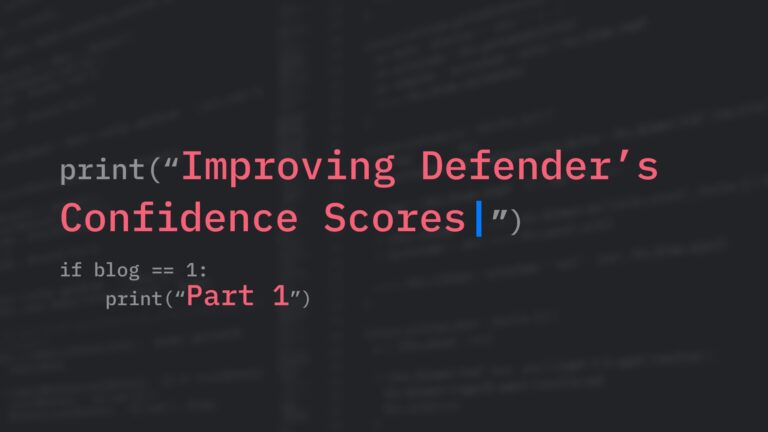 Life at Tessian, Integrated Cloud Email Security, Advanced Email Threats, Engineering Blog
Life at Tessian, Integrated Cloud Email Security, Advanced Email Threats, Engineering BlogWhy Confidence Matters: How We Improved Defender’s Confidence Scores to Fight Phishing Attacks
-
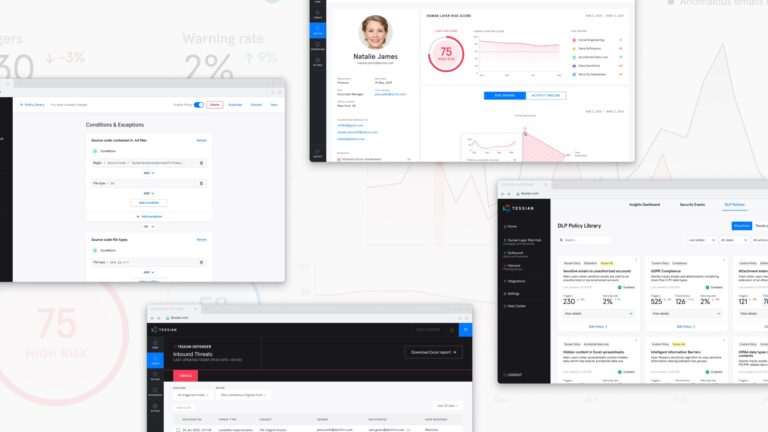 Email DLP, Integrated Cloud Email Security, Advanced Email Threats
Email DLP, Integrated Cloud Email Security, Advanced Email ThreatsA Year in Review: 2021 Product Updates
-
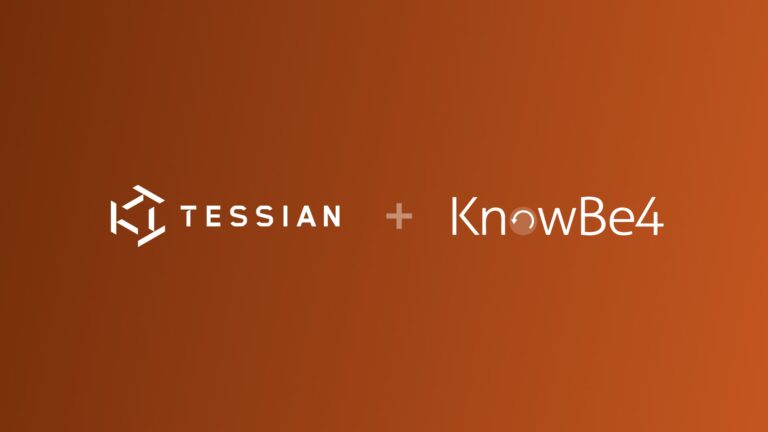 Integrated Cloud Email Security, Advanced Email Threats
Integrated Cloud Email Security, Advanced Email ThreatsProduct Integration News: Tessian + KnowBe4 = Tailored Phishing Training
-
Email DLP, Integrated Cloud Email Security, Customer Stories
16 Ways to Get Buy-In For Cybersecurity Solutions
-
 Interviews With CISOs, Integrated Cloud Email Security, Advanced Email Threats
Interviews With CISOs, Integrated Cloud Email Security, Advanced Email ThreatsAll Cybersecurity 2022 Trend Articles Are BS, Here’s Why
-
 Integrated Cloud Email Security
Integrated Cloud Email SecurityFive Reasons Why Enterprise Sales Engineers Are At Higher Risk From Misdirected Emails
-
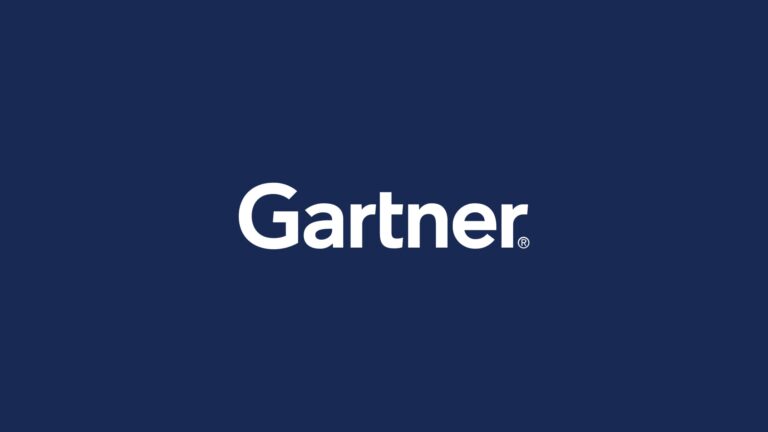 Email DLP, Integrated Cloud Email Security, Advanced Email Threats
Email DLP, Integrated Cloud Email Security, Advanced Email ThreatsTessian Recognized as a Representative Vendor in 2021 Gartner® Market Guide for Email Security
-
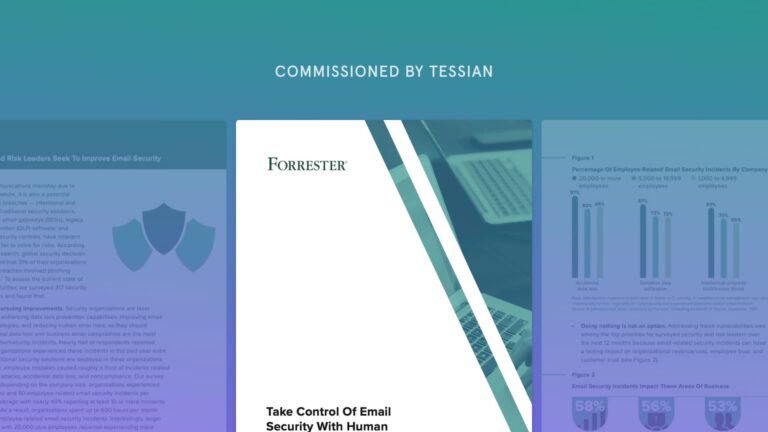 Integrated Cloud Email Security
Integrated Cloud Email SecurityNew Forrester Consulting Research Shows Human Layer Security is the Solution Security Leaders Have Been Looking For
-
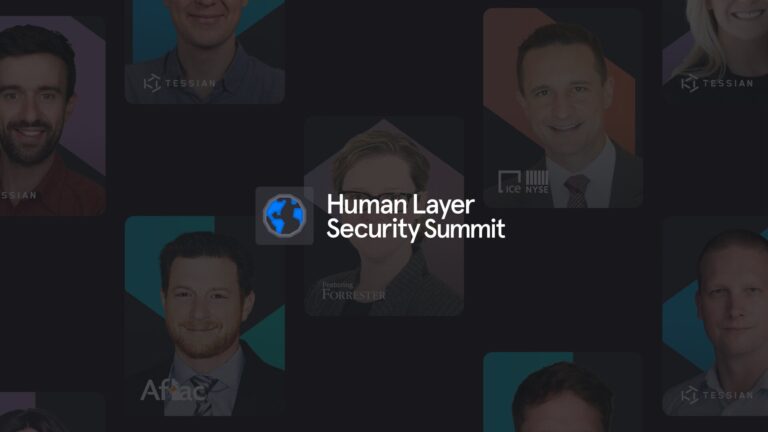 Integrated Cloud Email Security
Integrated Cloud Email SecuritySeven Things We Learned at Our Fall Human Layer Security Summit
-
 Life at Tessian, Integrated Cloud Email Security
Life at Tessian, Integrated Cloud Email SecurityTessian Announces Allen Lieberman as its Chief Product Officer
-
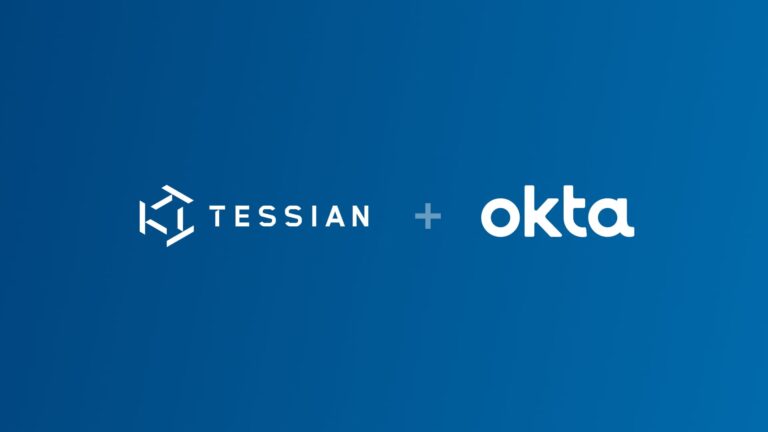 Integrated Cloud Email Security
Integrated Cloud Email SecurityIntegration Announcement: Tessian + Okta
-
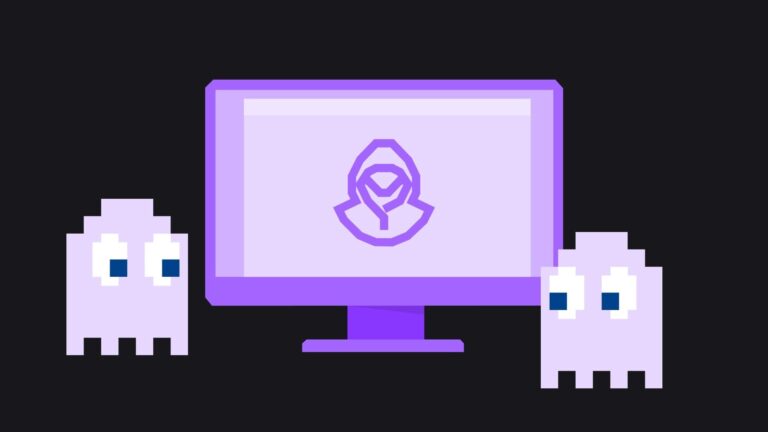 Integrated Cloud Email Security
Integrated Cloud Email SecurityFear Isn’t The Motivator We Think It Is…
-
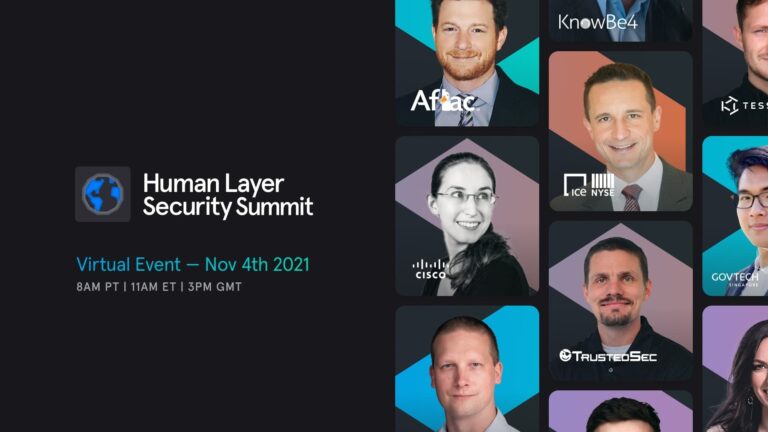 Integrated Cloud Email Security
Integrated Cloud Email SecurityHere’s What’s Happening at our SIXTH Human Layer Security Summit on Nov 4th
-
 Integrated Cloud Email Security
Integrated Cloud Email SecurityNew Technology Integration: Sumo Logic Tessian App
-
 Email DLP, Integrated Cloud Email Security, Insider Risks, Compliance
Email DLP, Integrated Cloud Email Security, Insider Risks, ComplianceYou Sent an Email to the Wrong Person. Now What?
-
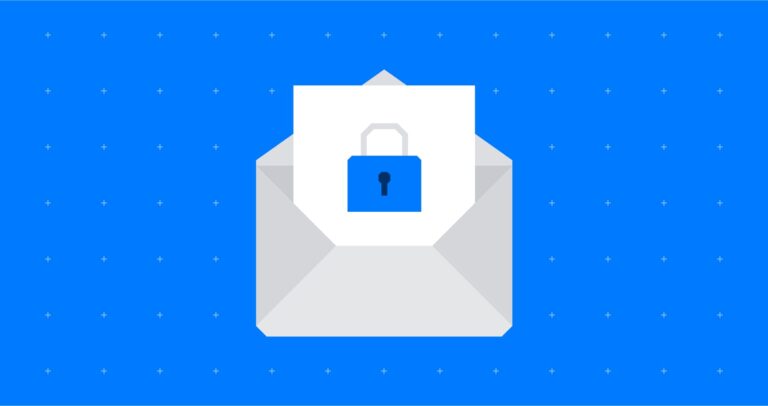 Integrated Cloud Email Security, Email DLP
Integrated Cloud Email Security, Email DLPLegacy Data Loss Prevention vs. Human Layer Security
-
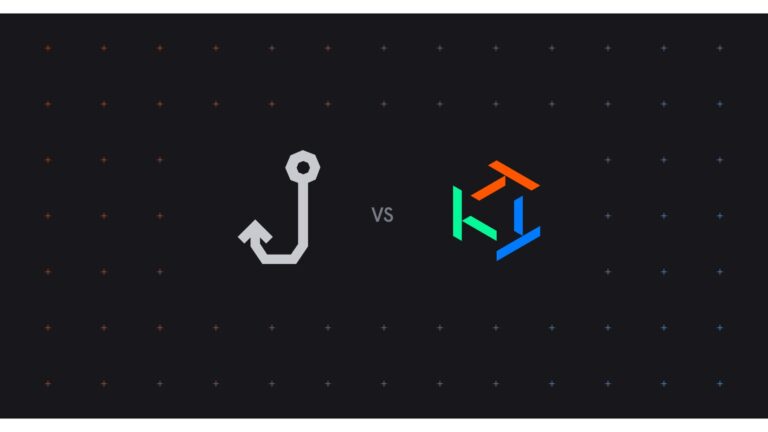 Integrated Cloud Email Security, Advanced Email Threats
Integrated Cloud Email Security, Advanced Email ThreatsLegacy Phishing Prevention Solutions vs. Human Layer Security


